Fruit, Vegetable and Ornamental Production
-
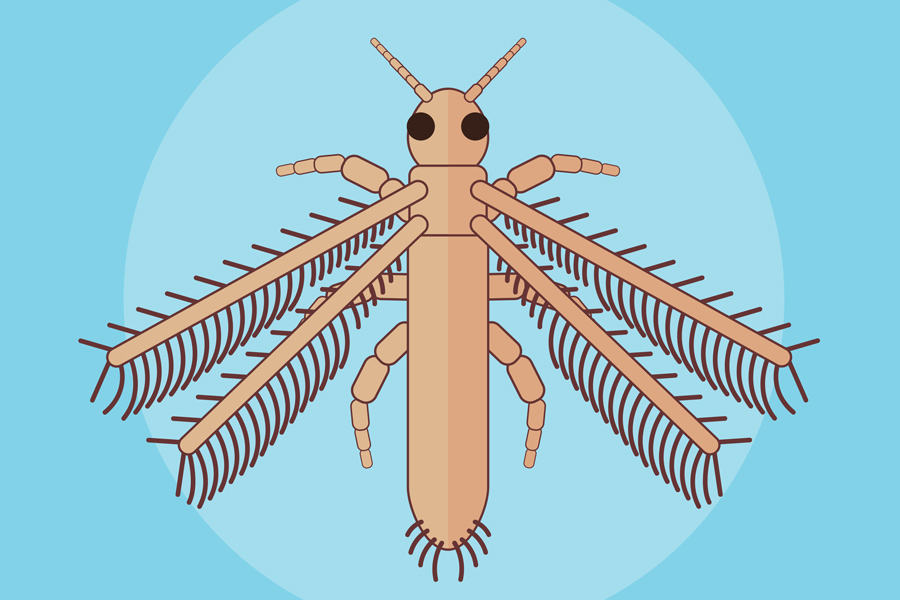
Thrips are tiny, cigar-shaped insects, with about 5000 known species, many of which cause damage to cultivated plants by feeding or spreading plant diseases. It is usually difficult to identify thrips species. Although they are winged, thrips are generally weak fliers, but they can be dispersed by wind and the transport of infested plant material. Some of the common thrips affecting landscape and nursery plants are described here.
William Hudson, Susan Braman, Shimat Joseph, and SHAKUNTHALA NAIR
|
-
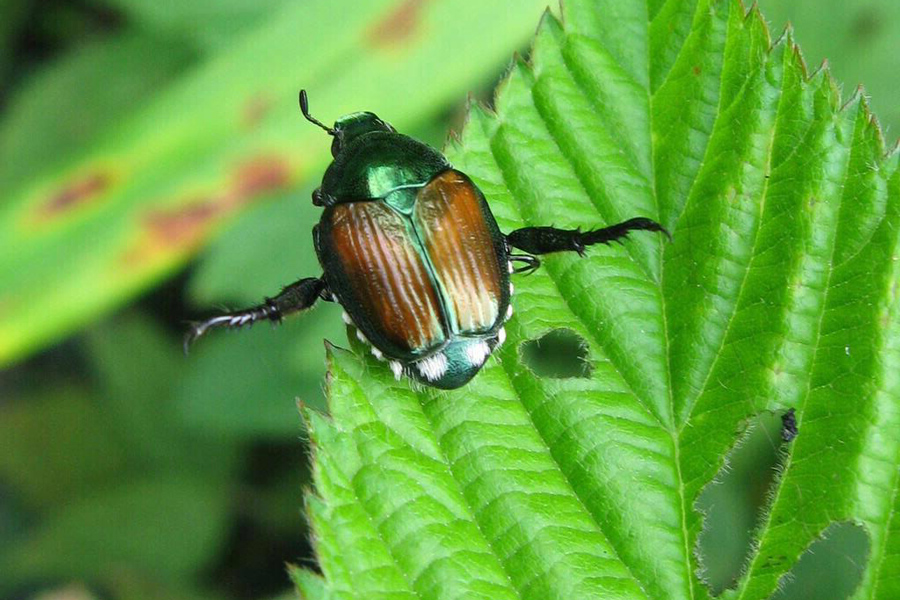
The Japanese beetle, as the name suggests, is native to Japan and was introduced to the U.S. through the transport of plant material. It is a highly devastating pest, attacking a variety of landscape and garden plants, fruit trees, field crops and turf. This circular provides an overview of Japanese beetles in the nursery and landscape, covering the biology, damage, monitoring, and management of this pest.
William Hudson, Susan Braman, Shimat Joseph, and SHAKUNTHALA NAIR
|
-
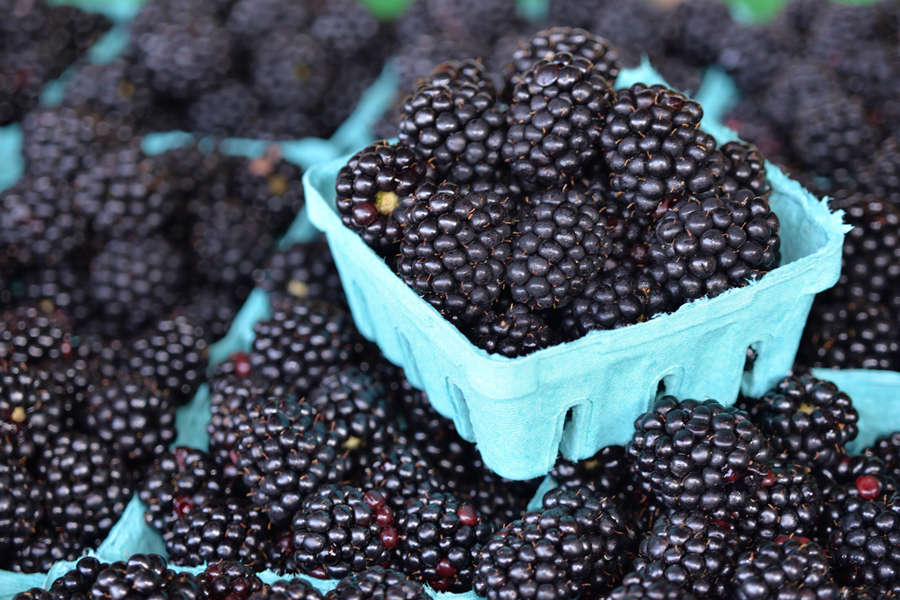
This integrated pest management (IPM) guide for blackberry and raspberry production includes management of diseases, insects, and weeds through IPM principles. Topics include pesticide stewardship and safety, insect and disease control, pre-transplant and transplant operations, fungicides and insecticide efficacy comparisons, and spray schedules, weed management, wildlife damage, and more. Recommendations are based on information from the manufacturer’s label and performance data from research and Extension field tests. Specific rates and application methods are on the pesticide label, and these are subject to change at any time. Published in cooperation with the Southern Region Small Fruit Consortium.
Phillip Brannen and Jonathan Oliver
|
-
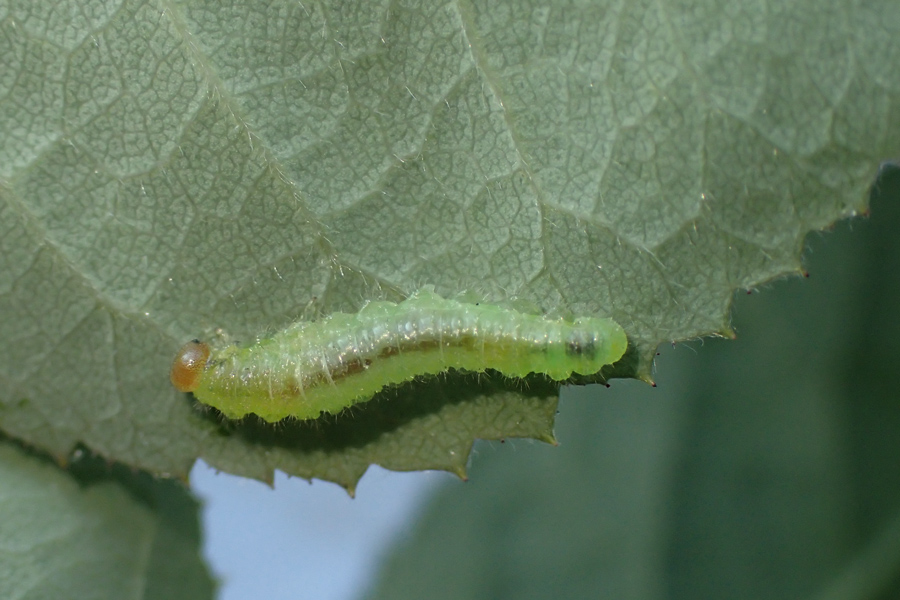
The bristly roseslug sawfly is a common species of roseslug in Georgia. The larval stages feed on rose leaves and cause extensive damage; it is particularly problematic on rose shrubs in ornamental landscapes. This publication tells you how to manage these pests in your gardens and landscapes.
William Hudson and Shimat Joseph
|
-
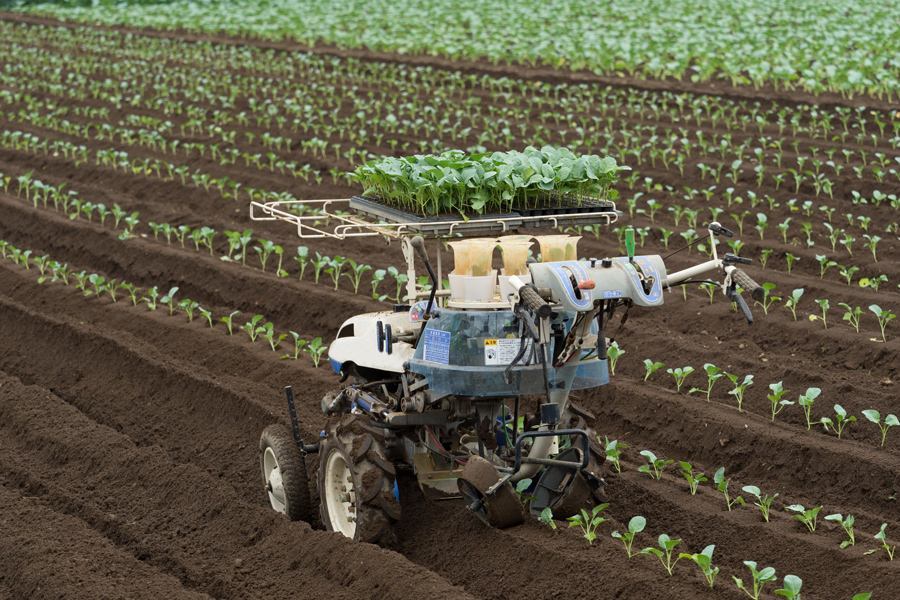
Transplanting is the process in which seedlings are transferred from a specific place where they were sown to the soil where they will develop and produce. This process is an extremely important step in fruit and vegetable production as it helps with the initial establishment of the crop. Mechanical transplanters have emerged as important agricultural machines for farmers, and are designed to automate and optimize the transplanting process.
Theodore Mcavoy, Luan Pereira De Oliveira, Regimar Garcia dos Santos, and Marcelo Barbosa
|
-
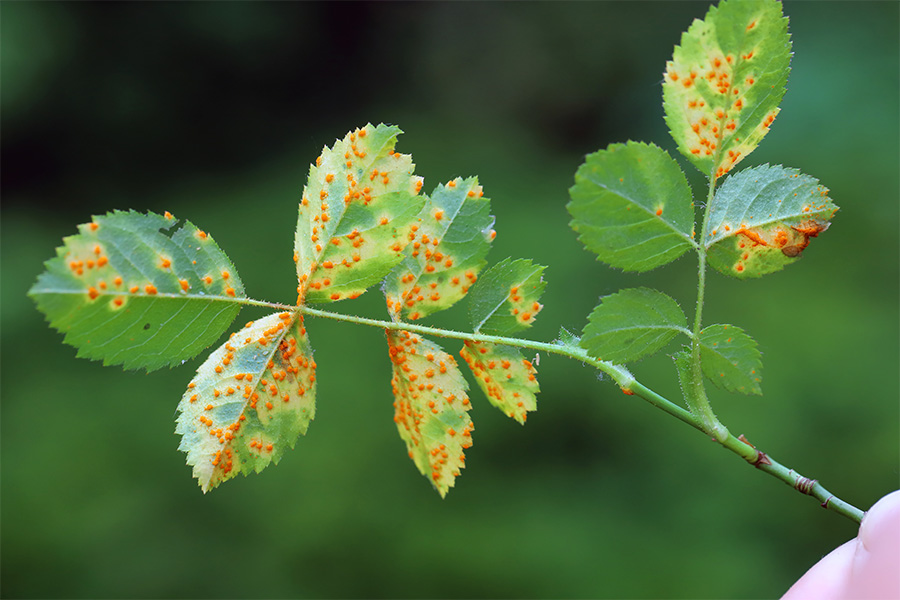
Esta publicación describe algunas de las enfermedades más problemáticas en las plantas de ornato más usadas en el jardín. El material presentado aquí le ayudará a identificar estas enfermedades y encontrará las recomendaciones para su tratamiento. El conocimiento de estas enfermedades permitirá a los jardineros profesionales y amateurs a combatir estas enfermedades y tener plantas saludables y bellas.
Alfredo Martinez
|
-
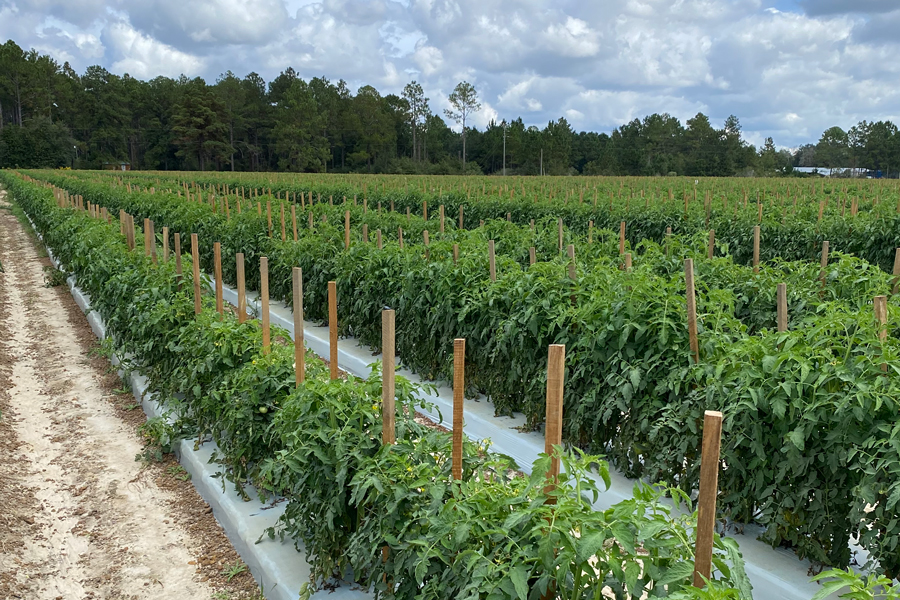
A soil test is a chemical technique used to determine the status of available nutrients in a soil sample. It is a common method used to predict how soils will react to the addition of lime or fertilizer and calculate how much of each is required for crop production.
Tim Coolong, Ty Torrance, Theodore Mcavoy, and Manisha Kumari
|
-
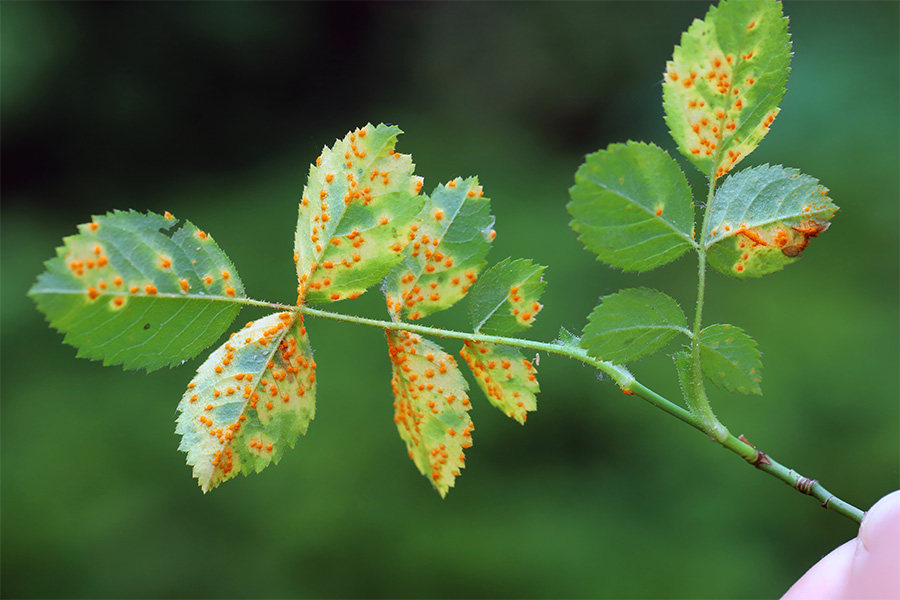
This publication describes some of the most troublesome diseases of Georgia’s landscape plants. The following material will help you identify these diseases and offers recommendations for treatment. Knowledge about the common diseases of Georgia landscape plants will allow professional and amateur growers alike to better fight plant diseases and produce healthy plants.
Jean Williams-Woodward and Alfredo Martinez
|
-
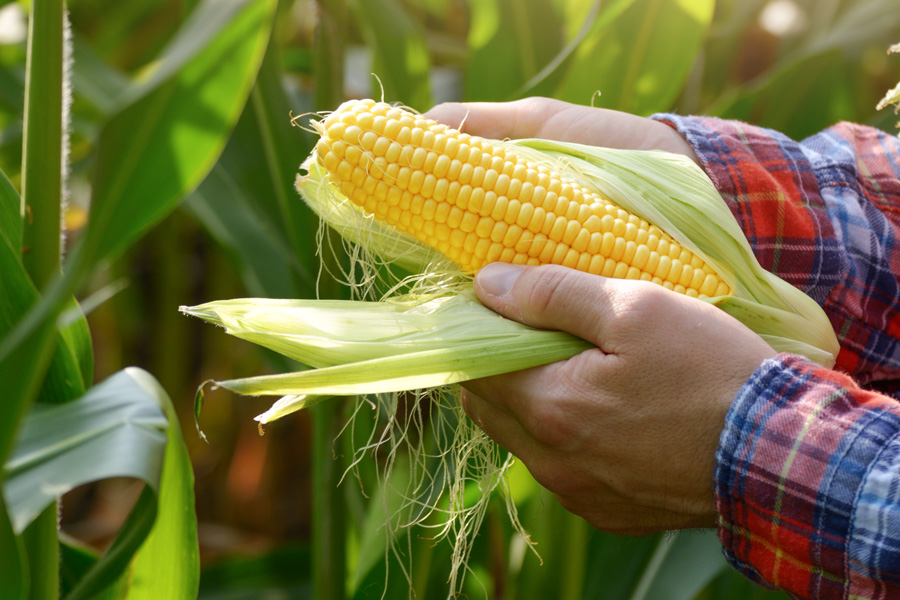
The growth and development of sweet corn is affected by accumulated heat units, measured in growing degree days (GDDs). This publication provides South Georgia sweet corn growers with insights into the relationship between temperature and GDD units and the key growth stages of sweet corn. This will help growers make informed decisions about the timing for planting, management practices, irrigation, and harvesting.
George Vellidis, Theodore Mcavoy, and Emily Bedwell
|